Exploring Python’s Role in Cybersecurity and Ethical Hacking

Python is a leading language in the world of cybersecurity and ethical hacking. From automation and penetration testing to building secure scripts and malware analysis, Python enables security professionals to detect threats and secure digital environments effectively.
Learning Python Tips: A Complete Guide to Mastering Python Efficiently in 2025
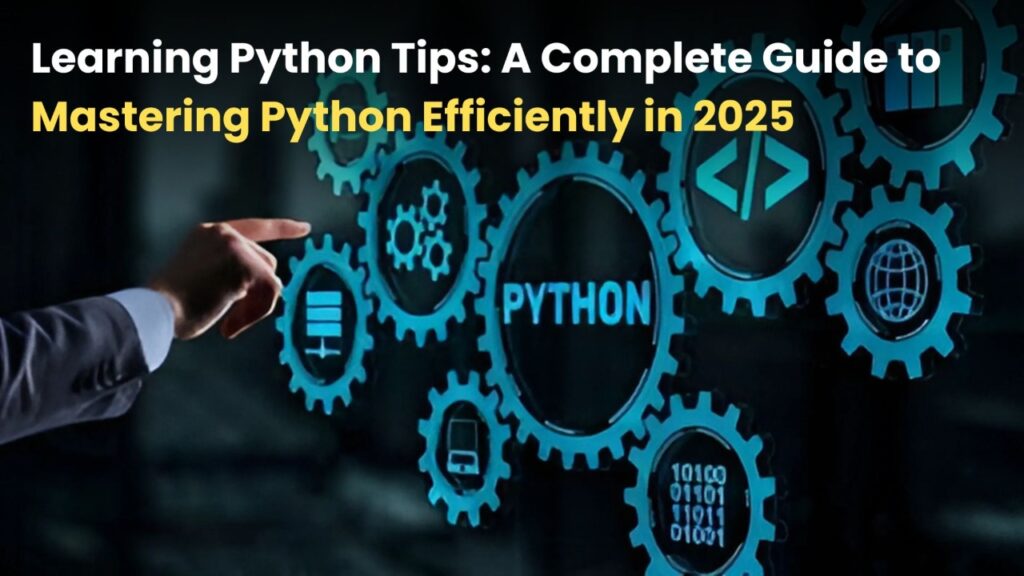
Unlock your potential with Python in 2025! Learn essential tips, tools, and techniques to improve your coding skills and become a proficient Python programmer with this comprehensive learning guide.
How can I verify if a file exists in Python without any exceptions?
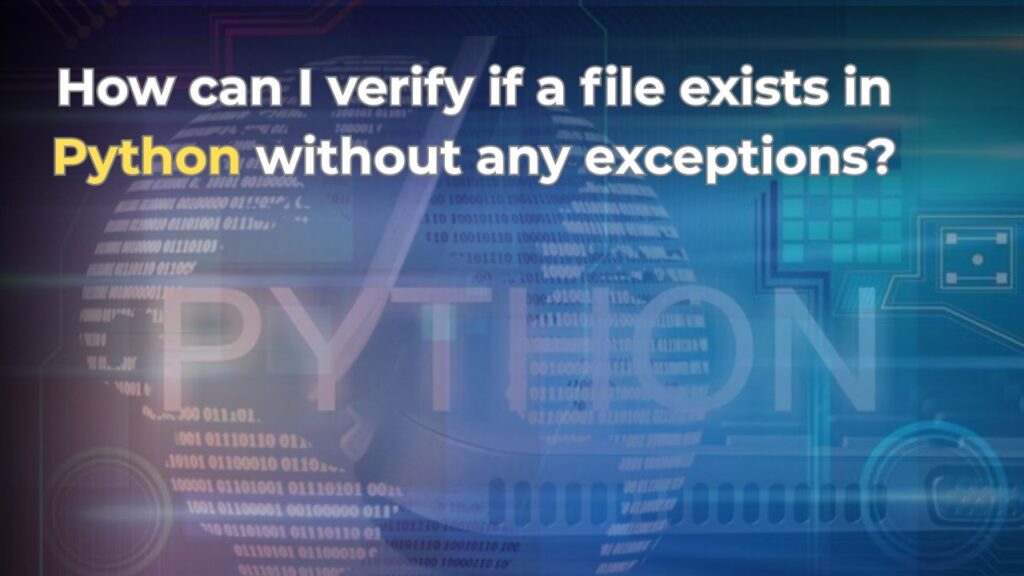
Need a safe way to verify file existence in Python? Discover how to avoid exceptions while checking files using os and pathlib—perfect for beginners and professionals alike.
Which libraries for Python are utilized in data science?

Curious about which Python libraries are essential for data science? This guide covers the top tools like NumPy, pandas, Matplotlib, and more—perfect for beginners and pros alike.
Python’s Top 5 Code Editors: A Comprehensive Guide for Developers in 2025
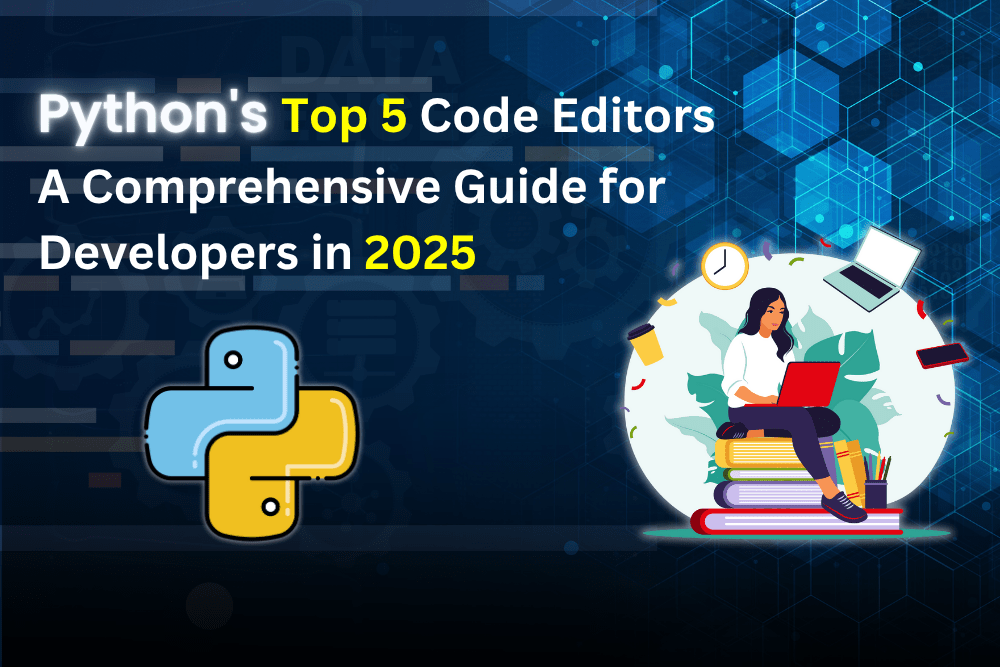
Choosing the right code editor can dramatically enhance your productivity, coding experience, and project success—especially when working with Python in 2025. Whether you’re a seasoned developer or just starting out, having the right tool at your fingertips matters. This guide dives into the top 5 Python code editors—Visual Studio Code, PyCharm, Jupyter Notebook, Sublime Text, and Atom—highlighting their key features, pros, and ideal use cases to help you find the perfect match for your development needs.
What Makes Python the Best Option? Explore Its Main Benefits!
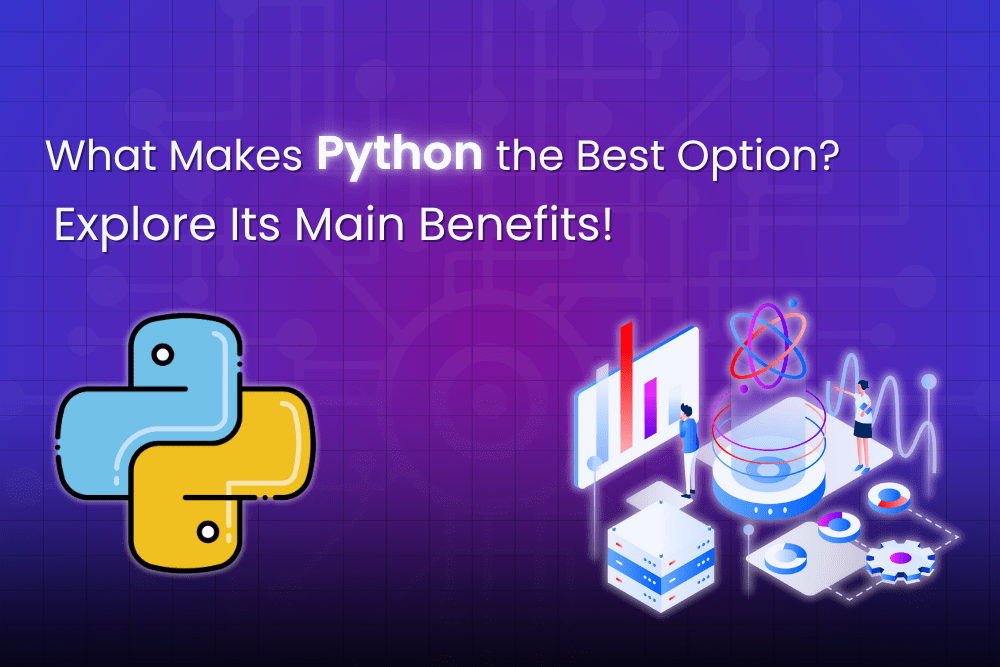
Python is one of the most popular programming languages in the world—and for good reason. Its simplicity, versatility, and massive community support make it a go-to choice for developers across industries. In this article, we explore the main benefits that make Python the best option in today’s tech landscape.
Python Skills That Make You Stand Out as a Data Analyst

Python is a core skill in data analytics, but not all Python expertise is equal. This article explores the most impactful Python skills that help data analysts distinguish themselves in a competitive job market. Learn how mastering these capabilities—from data wrangling to automation—can fast-track your analytics career.
Python: The Secret to the Next Decade’s High-Paying IT Jobs.

Want to future-proof your career? Python is more than just a programming language—it’s your gateway to top-paying tech jobs in AI, data analytics, DevOps, and more.
Python Function Calling: An Overview of Types and Methods
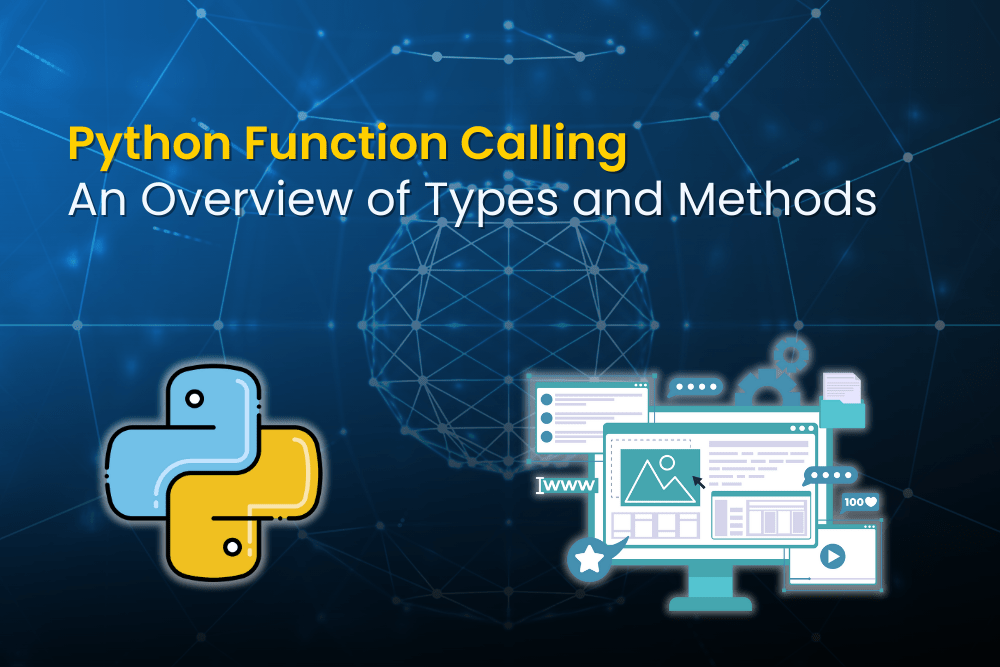
Discover how function calling works in Python, including the different types such as positional, keyword, default, and variable-length arguments. Master Python functions with this clear and practical guide.
Advantages and Disadvantages of Python: A Comprehensive Evaluation
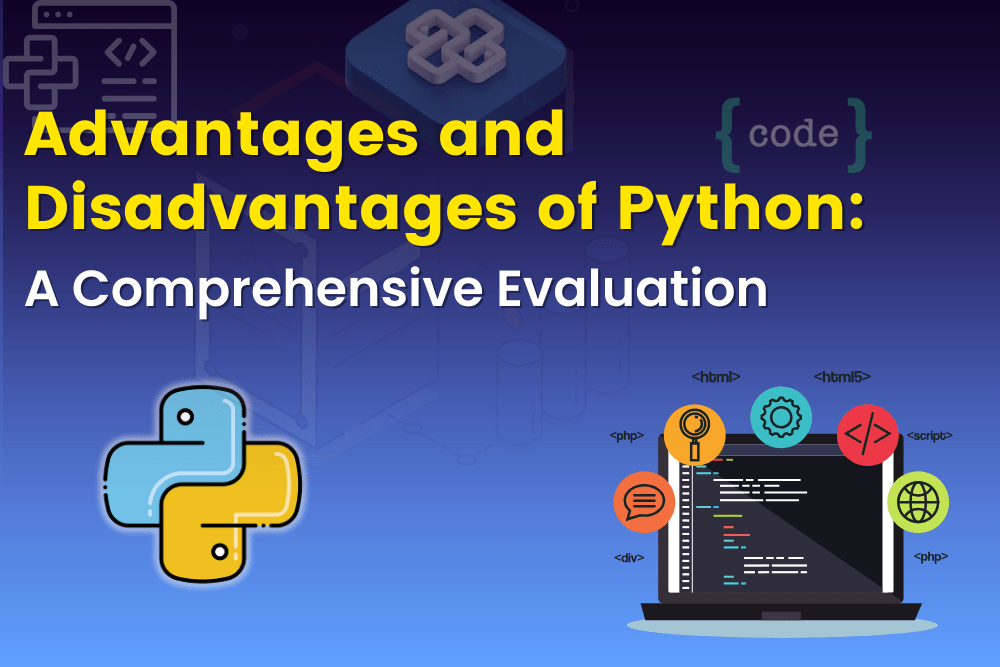
Python has become one of the most popular programming languages in the world thanks to its simplicity and versatility. But is it always the right choice? This article explores the key advantages and disadvantages of Python in 2025, offering insights for developers, students, and tech professionals.
